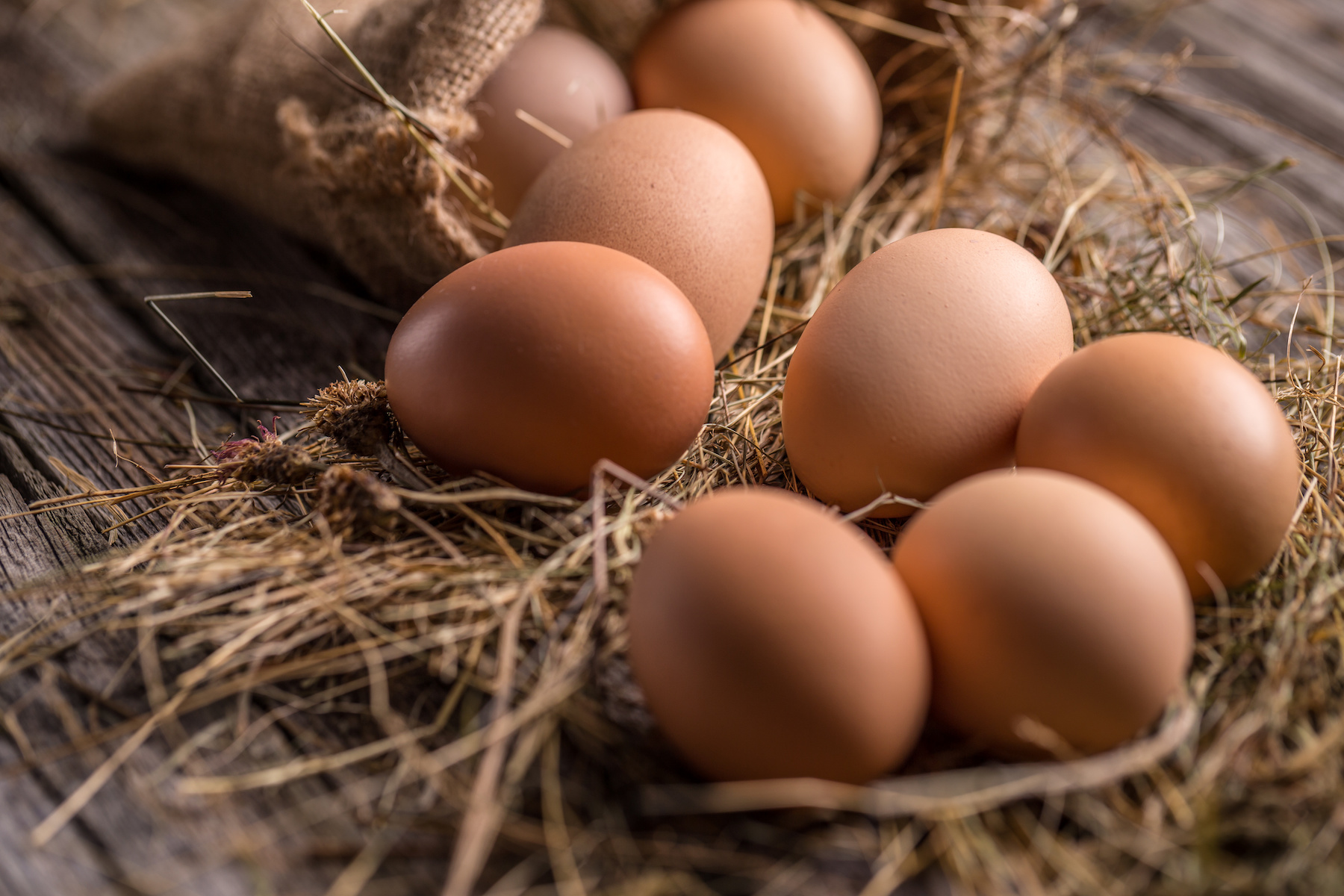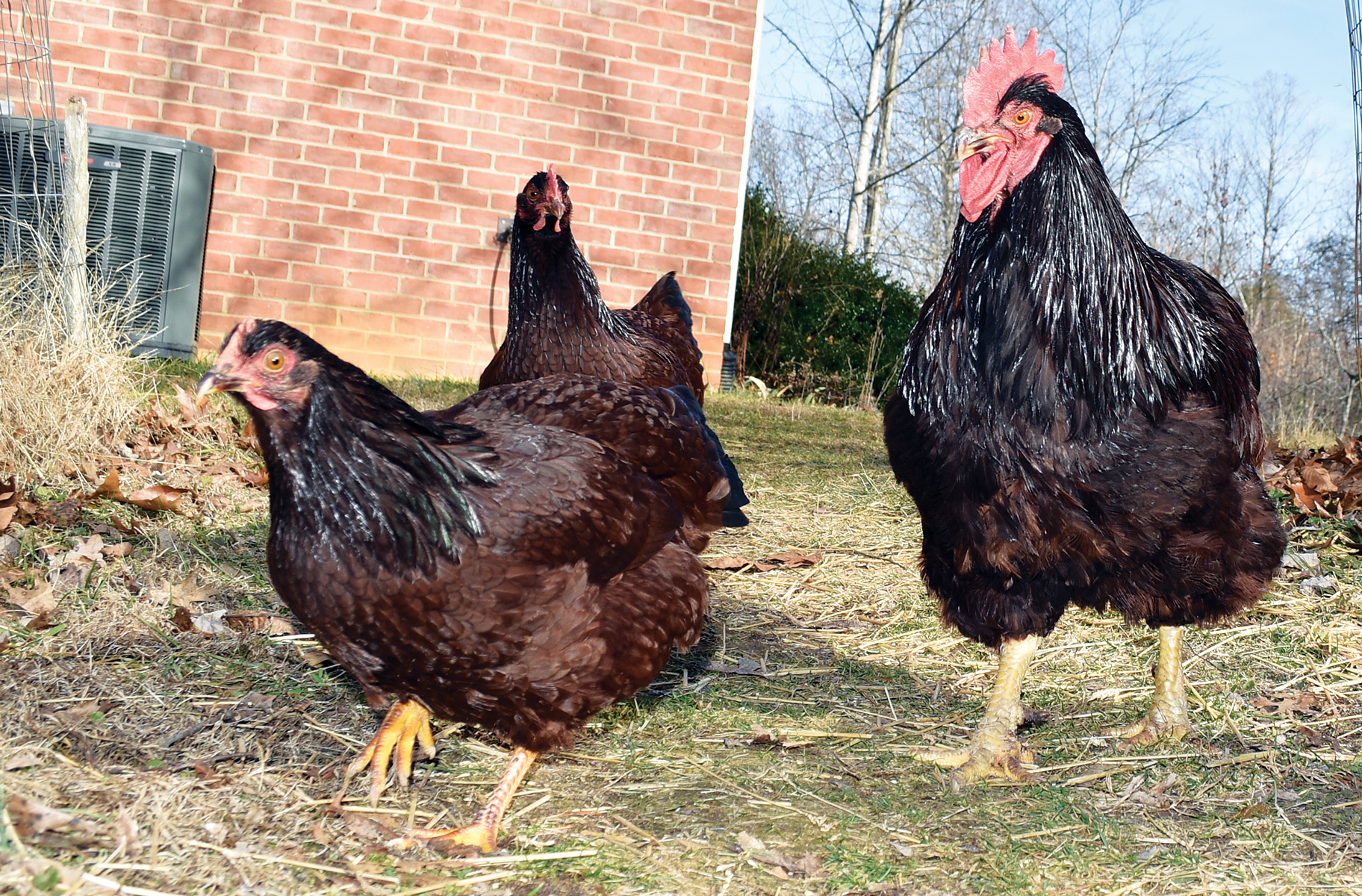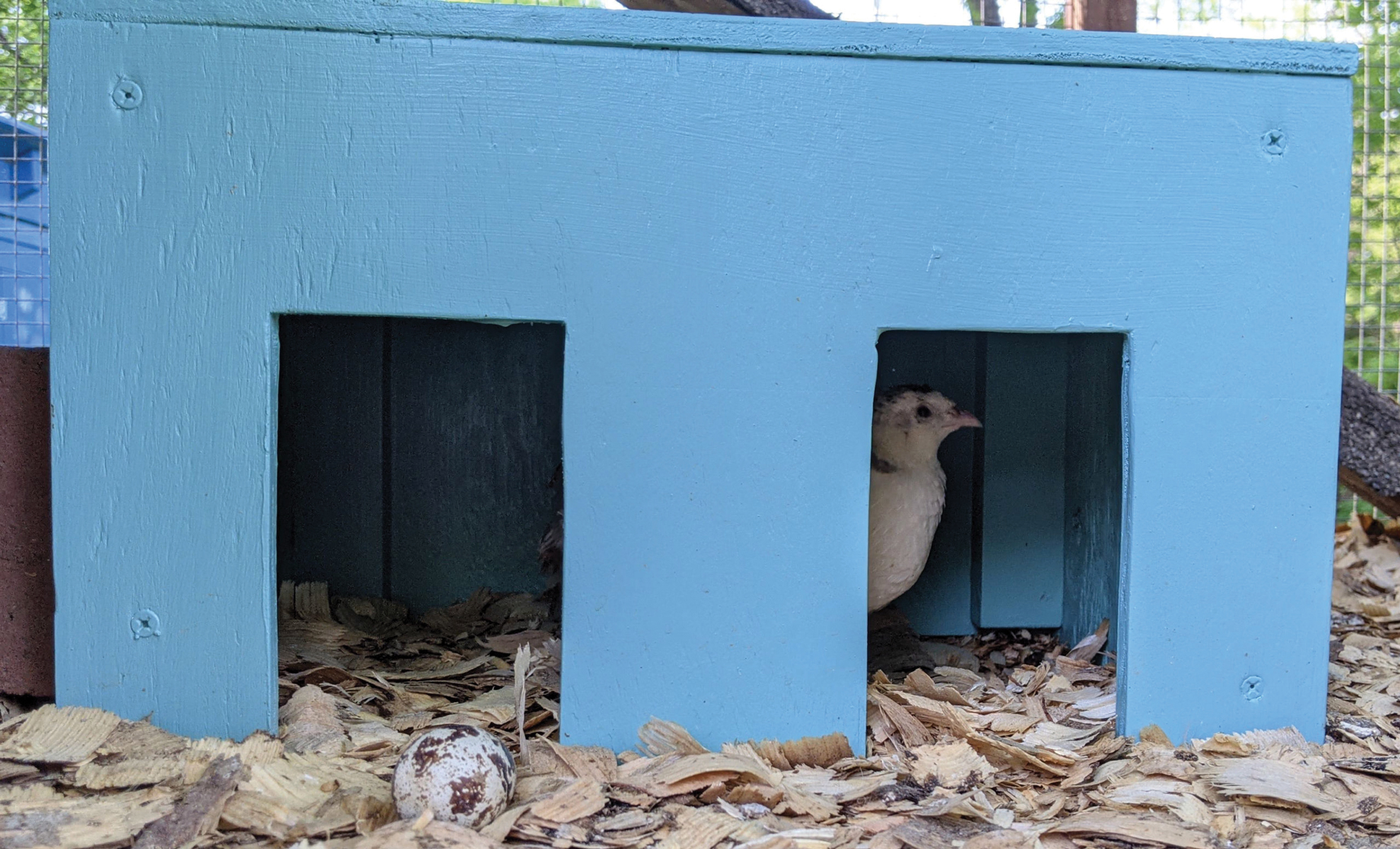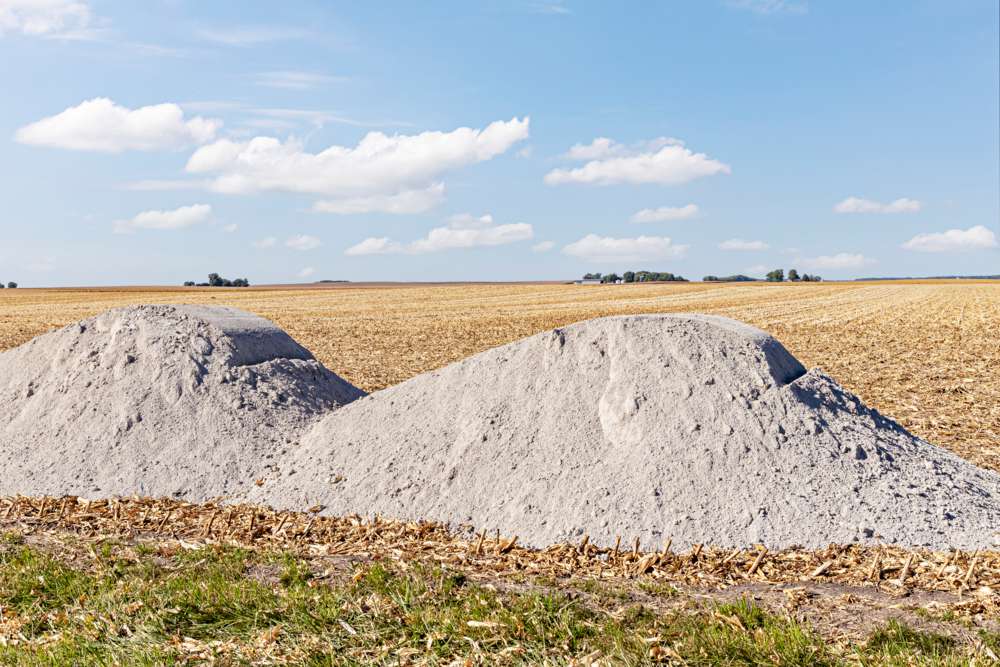If your soil’s pH levels are not within the ideal range your crops require, you could be losing production. For overly acidic soils, applying lime to raise the pH level could prove a cost-effective management practice.
Liming of acidic soils can increase corn and soybean yields, said Antonio Mallarino, agronomist and Extension soil fertility specialist at Iowa State University (ISU). Numerous ISU research trials at multiple sites since 2007 showed liming increased corn or soybean yields up to about 25 bushels per acre over the yields of the control plots, Mallarino said. He did note that potential yield increases lessen when lime is applied to soils with higher initial pH levels.
The ISU trials compared pure calcium carbonate, calcitic aglime, dolomitic aglime, and pelleted lime applied to soils with pH of 4.9 to 7 or higher. All lime sources effectively increased soil pH, and there were no yield differences between the sources when applied based on the products’ effective calcium carbonate equivalent (ECCE).
Liming increased corn and soybean grain yield in most fields with pH less than 5.9–6, and in several fields with pH from 6–6.5, Mallarino said. He noted maximized yields of both crops resulted from applied rates of about 1–3 tons ECCE per acre. Higher rates may be needed in other conditions.
Incorporating Lime Applications
Crop producers frequently overlook applying lime to manage soil pH, Mallarino said.
“Farmers are often so focused on applying nitrogen, phosphorus, or potassium to balance soil fertility, they forget about lime as a possible fertility input,” he said. “If soil pH is around 5.5 or lower, there is no doubt farmers should be applying lime to corn and soybean fields or to other crops. Farmers who don’t are probably losing yield and profits from crop production.”
He also notes that some producers go overboard with lime applications, creating higher-than-recommended soil pH levels. As a result, in some soils, soybean yields decrease because the excess lime increases the crop’s vulnerability to soybean cyst nematodes and iron-deficiency chlorosis.
The key, he said, is balancing soil pH with the crop’s ideal needs by applying lime when potential yield gains indicate cost effectiveness.
Soil Sampling for pH
First, determine soil pH on samples taken through a comprehensive approach such as grid sampling. While soil tests typically include pH levels, sampling depth can affect test results’ interpretations and their use in management decisions.
Mallarino advises collecting pH and buffering pH samples from a depth of 6 inches when the field is managed with tillage, but from the top 2–3 inches in no-till fields, as well as forages for hay or pasture. “In no-till fields or in fields growing forages, limestone applications to the surface seldom change pH below about 3 inches,” he pointed out. “Limestone application rates are adjusted for the expected depth of incorporation because tillage systems influence the volume of soil mixed with limestone.”
Let the lab know the tillage practices and sampling depth, so their liming recommendations can best match soil and crop needs.
“If you don’t let the lab know the sample was taken from a depth of 2–3 inches or that the lime won’t be incorporated,” Mallarino said, “they will calculate the amount of lime to apply assuming a 6-inch sampling depth. [This] will result in a large overapplication of lime for no-till conditions.”
For samples from no-till and hay or pasture taken from 6 inches, you can roughly approximate the needed lime rate by applying half the recommended amount, he notes.
The lab-recommended lime application rates reflect the ideal pH range for your crops and your region. “For Iowa, for instance, optimum pH for both corn and soybeans is between 6 and 6.5, depending on the soil association,” Mallarino said. “For forages that include alfalfa, the optimum pH is 6.9, and for others it is 6.”
After determining the actual soil pH and your crops’ ideal pH needs, the lab can use a calibrated buffer pH method to estimate reserve acidity and the amount of lime required to increase soil pH to a desired value, Mallarino said.
Selecting a Product
The next step is choosing the type of lime product. Commonly used products include calcitic lime, dolomitic lime, and pelleted lime. Less frequently used products include liquid lime, ground eggshells, and residue from drinking-water-treatment plants.
Mallarino recommends applying liming products based on their effective ECCE analysis, which considers the products’ material chemical properties and particle fineness. Research has shown no consistent or large yield differences between sources when application is based on ECCE, Mallarino said. “Both the material and delivery costs determine the convenience of using a specific material.”
Determining liming’s cost effectiveness can be a trial-and-error process of balancing costs against potential yield gains. For farmers in north central and western Iowa, Mallarino recommends liming for corn and soybeans when soil pH is below 6, and below 6.5 in other regions.
Lasting Effects
The benefits of applying lime to neutralize soil pH can persist for several years. In one ISU study of 14 fields, an initial pH of 5.6 or less rose to nearly 6.4 in the first or second year after aglime was applied at the rate of 3 tons of ECCE per acre. The pH declined in the third year and was 6.1 in the fourth year.
Because fertilization practices influence soil pH, Mallarino recommends routine soil sampling. “Fields should be sampled every two to four years for most crops, or once in a crop rotation,” he said. “Fields should be in the same crop and season each time they are sampled in order to reduce effects of temporal variability.”
Nitrogen fertilizers are the short-term most important cause of soil acidification, Mallarino said. “Pay attention to pH, especially in continuous corn, because the soil acidification process is faster than it is in a corn-soybean cropping sequence. You might have to retest soil pH often and consider liming as frequently as every two years.”
Learn More
Antonio Mallarino
(515) 294-6200
apmallar@iastate.edu
agronext.iastate.edu/soilfertility/limesoilph.html





